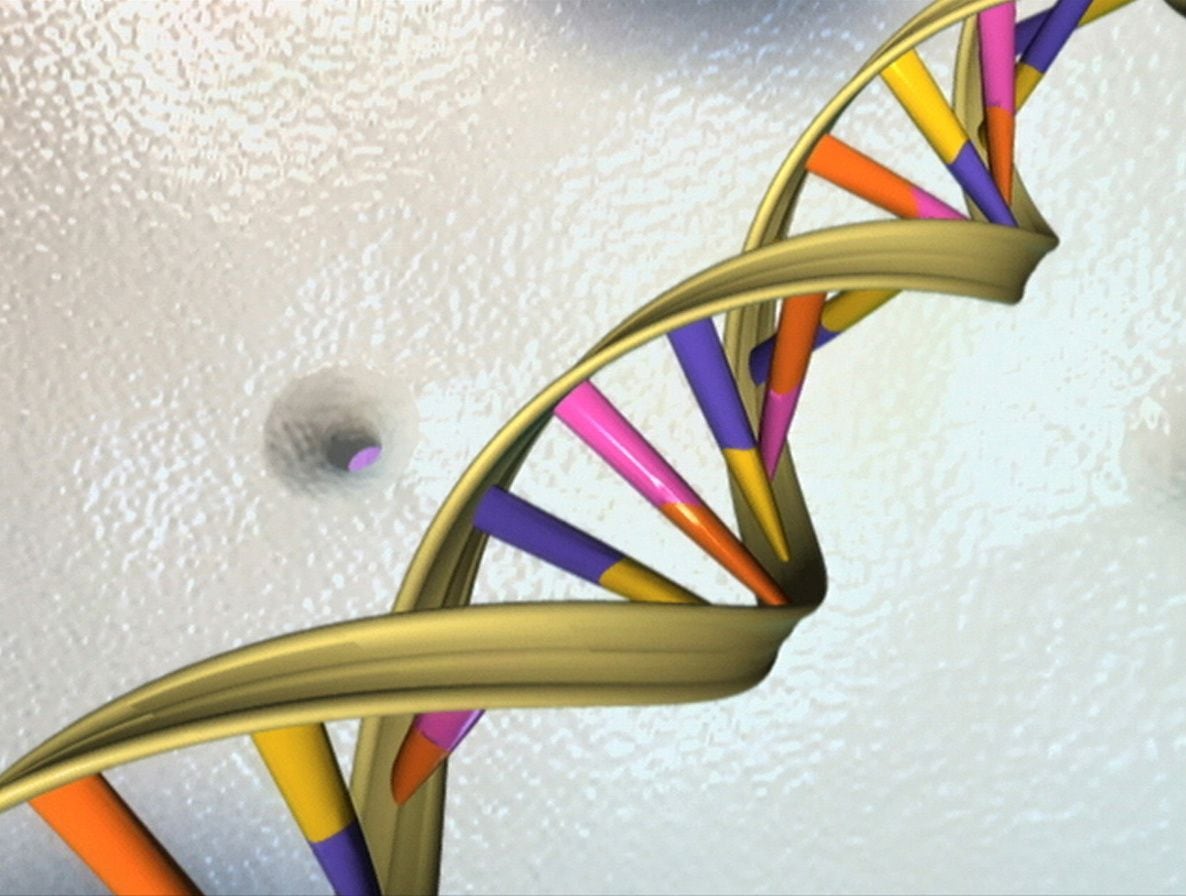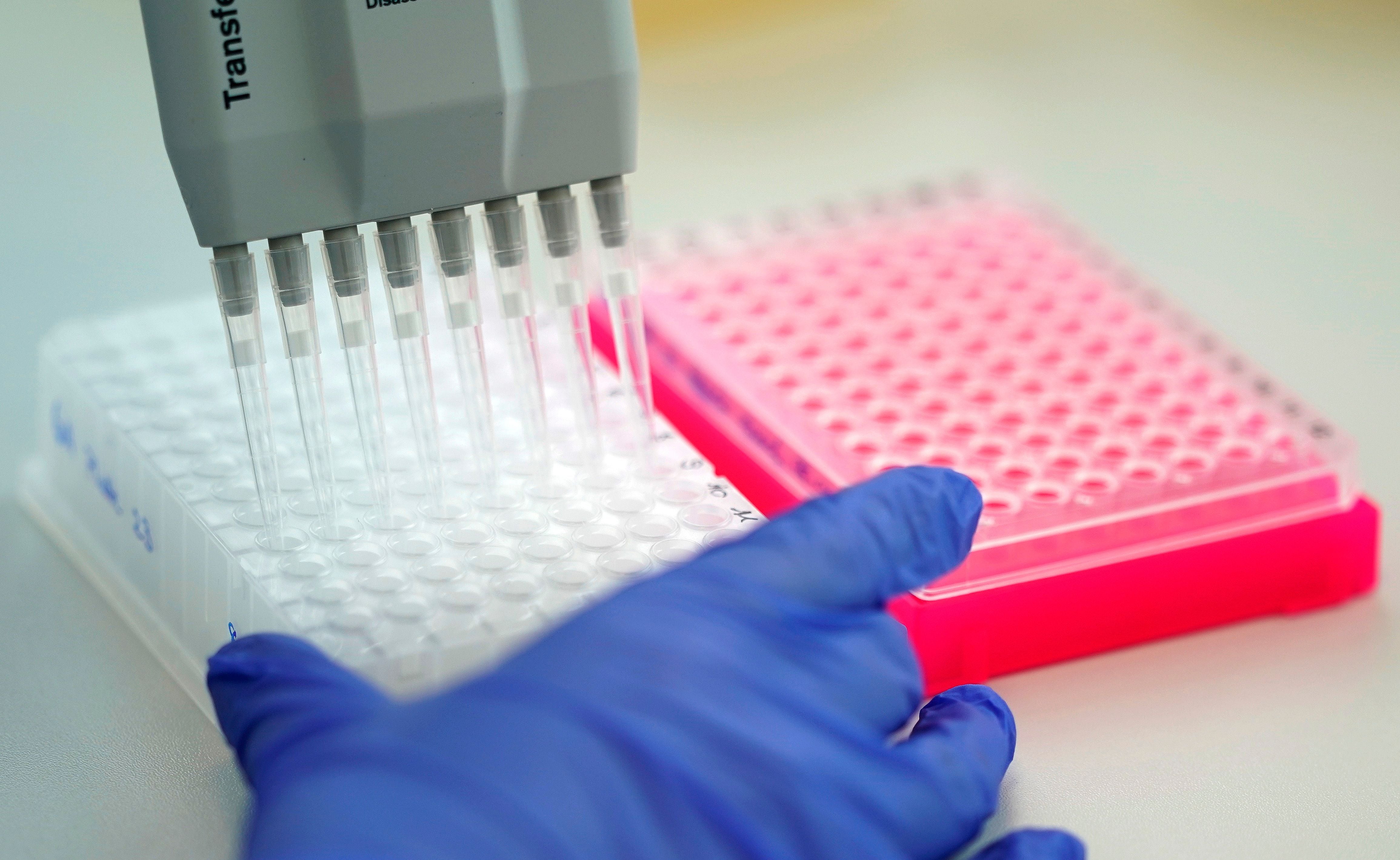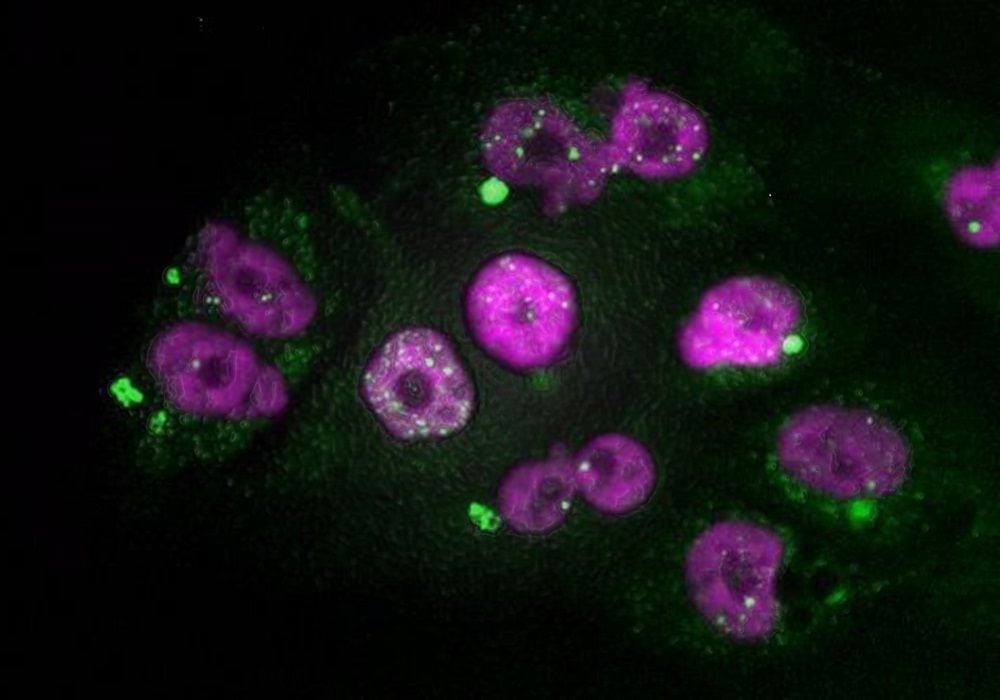:quality(85)/cloudfront-us-east-1.images.arcpublishing.com/infobae/X64M6HPI6NEGNAODVMHY3QWHF4.jpg 420w)
Somatic mutations accumulate in healthy cells throughout life. They underpin the development of cancer and, for decades, there has been speculation that they contribute to aging. The direct study of somatic mutations in normal tissues has been challenging because of the difficulty of detecting those present in single cells or small clones in a tissue. Only recent technological developments, such as the in vitro expansion of single cells into colonies, microdissection of histological units, sequencing of single cells or individual molecules, are beginning to make it possible to study somatic mutations in normal tissues.
Mutations are random changes in DNA and, subsequently, in genes. These are segments of DNA. Some mutations, the somatic ones, occur in an individual throughout his life. The mutations one acquires over the course of one's life can affect aging.
The most recent studies reveal how, as we age, some human tissues are colonized by mutant cells that contain mutations that cause cancer, and how this clonal composition changes with age and disease. With the exception of some initial studies, much less is known about somatic mutation in other species.

Now, new research published in the specialized journal Nature conducts a massive survey of somatic mutations in many species belonging to mammals. The comparison of these processes in these animals sheds new light on long-standing questions about the role of genetic changes in cancer and aging. The researchers found that, despite wide variations in size and life expectancy among animals, they end their lives with a similar number of genetic changes. This is the first study of its kind to compare changes in different animal species.
The team of researchers analyzed the genomes of 16 species of mammals, including mice and giraffes. His analysis concluded that the longer a species lives, the slower the rate at which mutations occur. This finding is related to the relationship between them and aging. Somatic mutations can be 20 to 50 per year in humans, most of which are harmless, few can have an impact that leads a cell to the cancer path or derails it from its normal functioning. It has been speculated since 1950 that these mutations should play a role in aging. However, the study of somatic mutations remained difficult until recently.
There is another aspect that the same team approached: Peto's paradox. Cancers develop from mutations in a single cell. Theoretically, species that have large bodies or greater numbers of cells should be more likely to develop cancer. In reality, however, the development of cancer is largely independent of body size. It may be another way to prevent larger animals from developing superior ways of preventing cancer.

But it remains to be proven whether a cancer prevention mechanism in larger animals is a reduction of somatic mutations in tissues. The new study attempted to address these concerns with the help of new methods that cover a wide range of lives and sizes. They sequenced the genomes of 208 samples of a gland found in the intestine of 48 individuals and attempted to measure mutation rates in individual intestinal cells. The mutation patterns revealed some aspects of the processes at work. The researchers found that somatic mutations accumulated linearly over time and, most interestingly, were caused by almost similar mechanisms in all species, including humans. The intriguing fact is that almost universal mechanisms covered species with completely different eating and living habits.
The evidence that researchers believe links somatic mutation to aging is that the rate of mutations decreased as the life expectancy of species increased. Alex Cagan, first author of the study and from the Wellcome Sanger Institute in Hinxton, United Kingdom, stated that: “It was surprising to find a similar pattern of genetic changes in animals as different from each other as a mouse and a tiger. But the most exciting aspect of the study has to do with finding that life expectancy is inversely proportional to the rate of somatic mutation. This suggests that somatic mutations may play a role in aging, although alternative explanations may hardly be possible. In the coming years, it will be fascinating to expand these studies to even more diverse species, such as insects or plants.”

Beyond the conclusions obtained, the response to Peto's paradox continues to await a definitive solution, as researchers have not yet been able to find any significant association between the rate of somatic mutations and body mass despite having clues of somatic mutations that affect lifespan. That is the challenge they face in the next stage of their analysis.
KEEP READING
